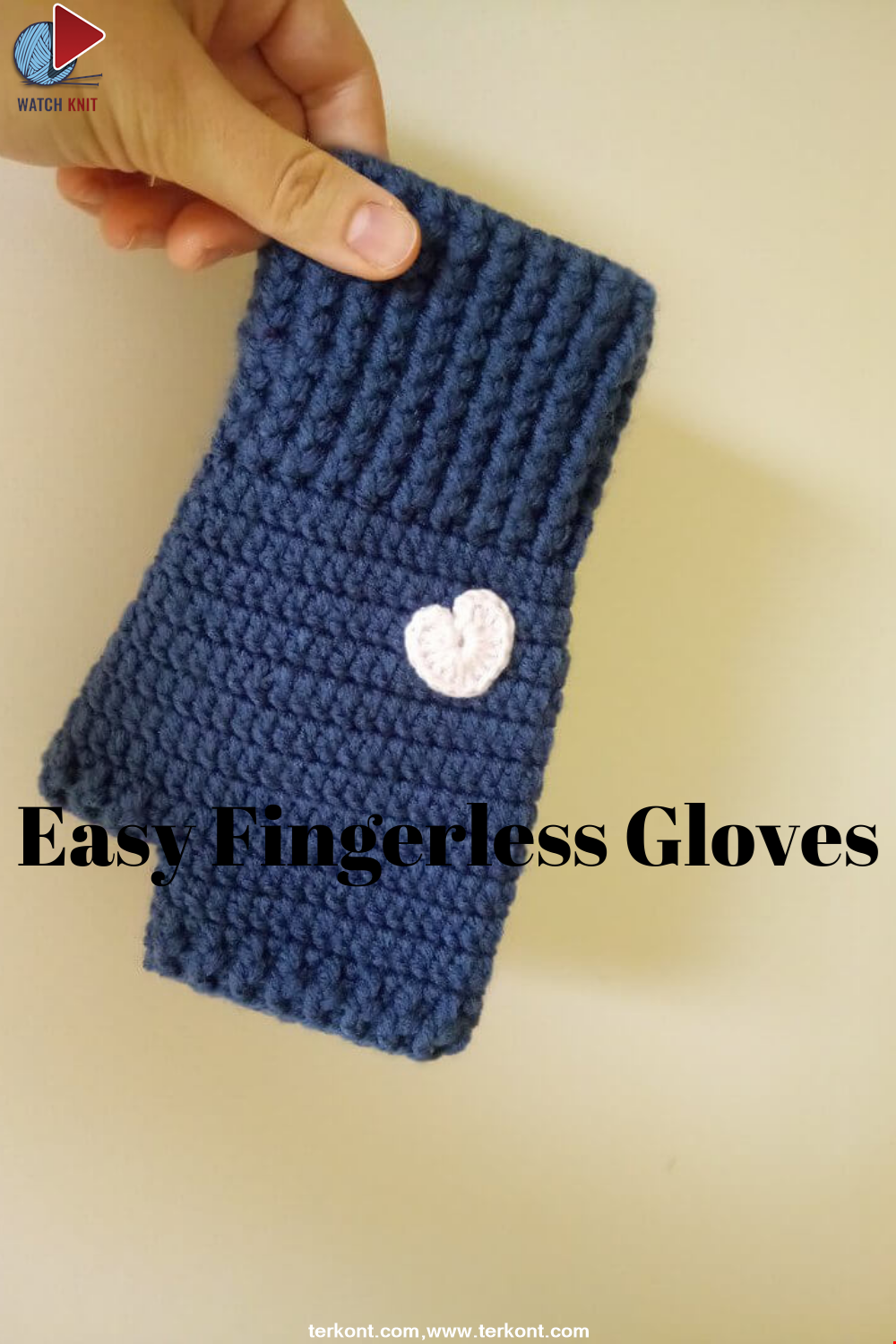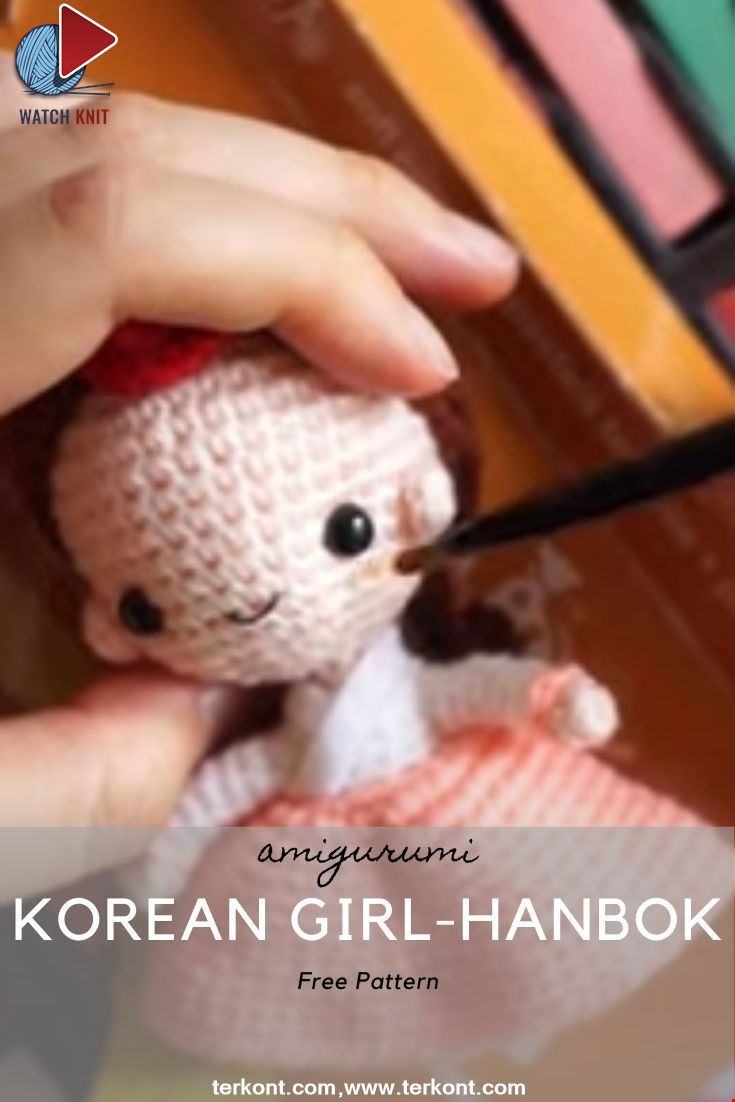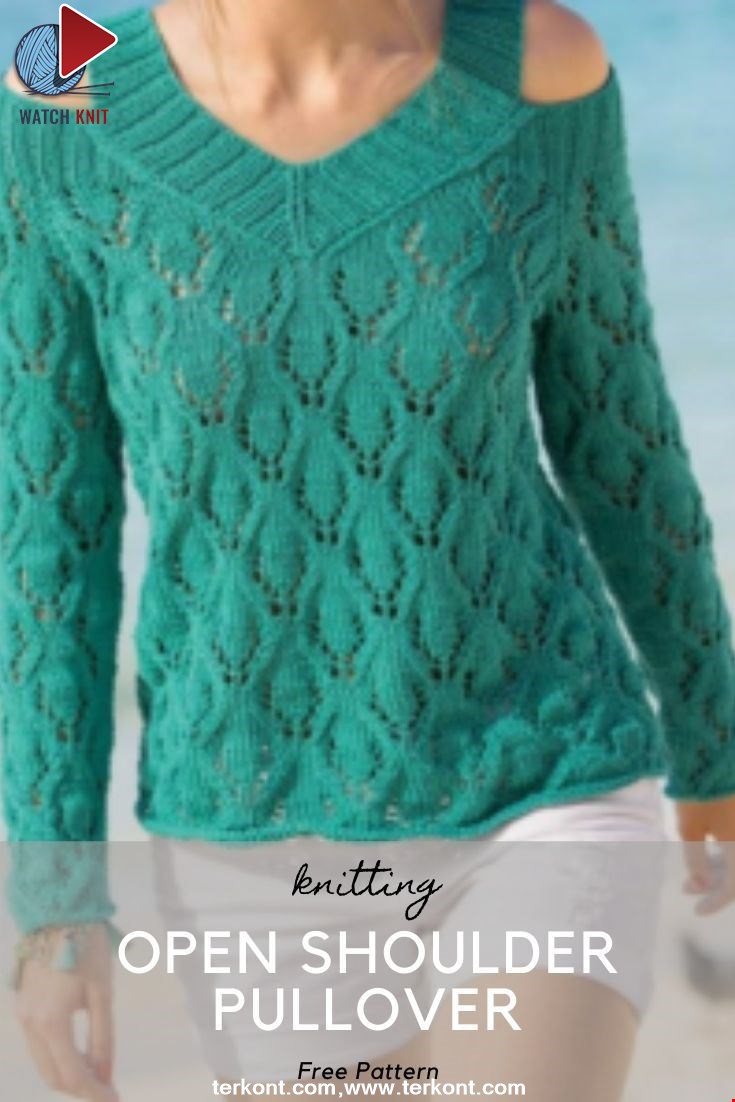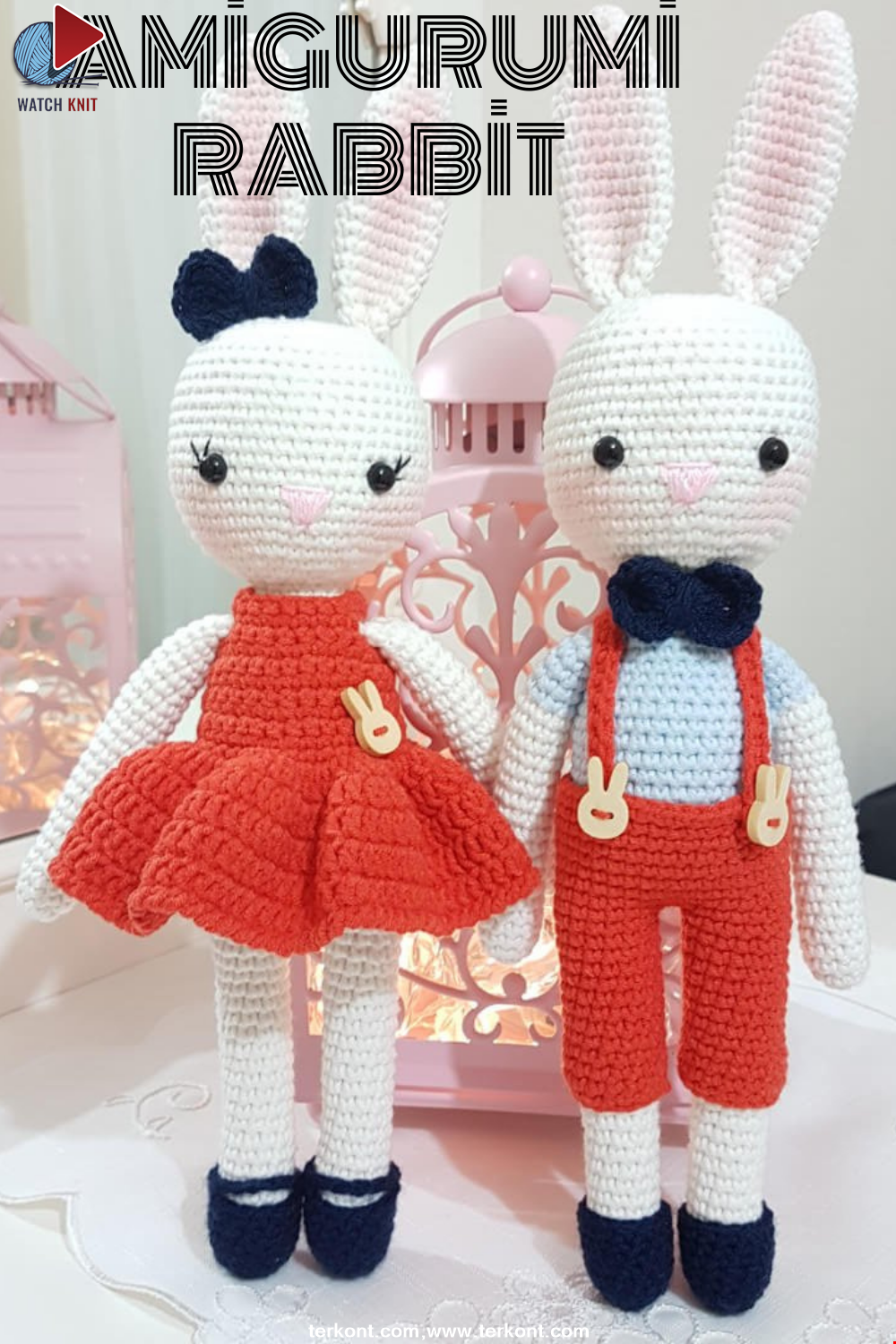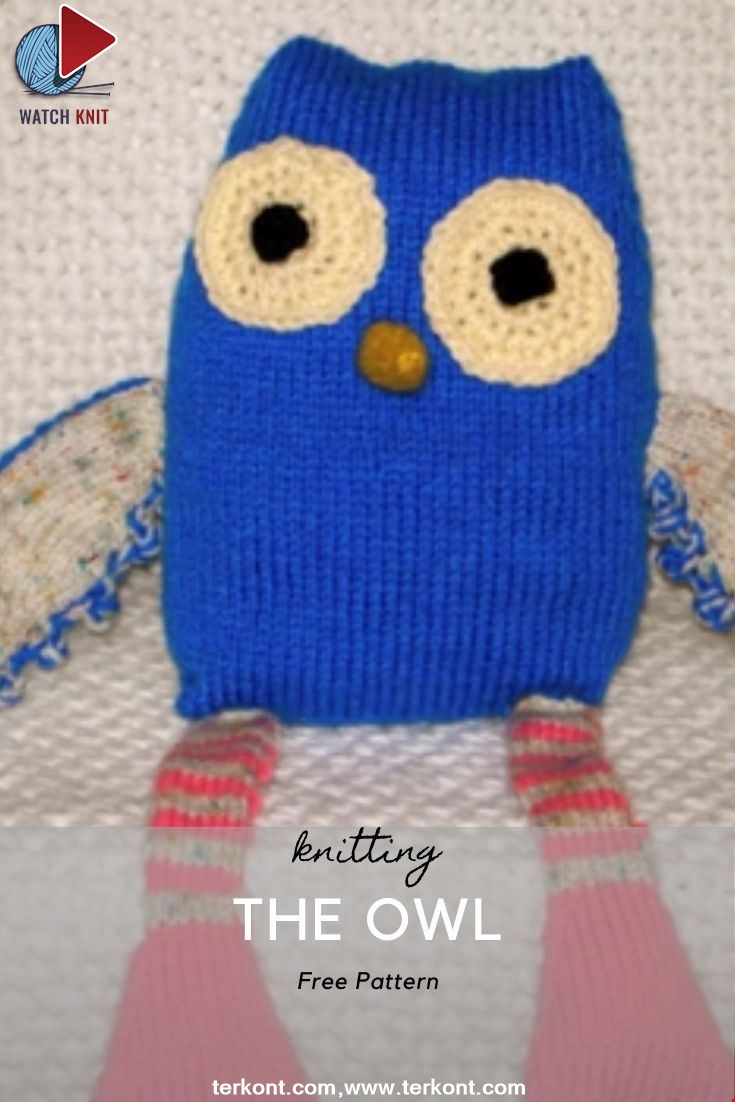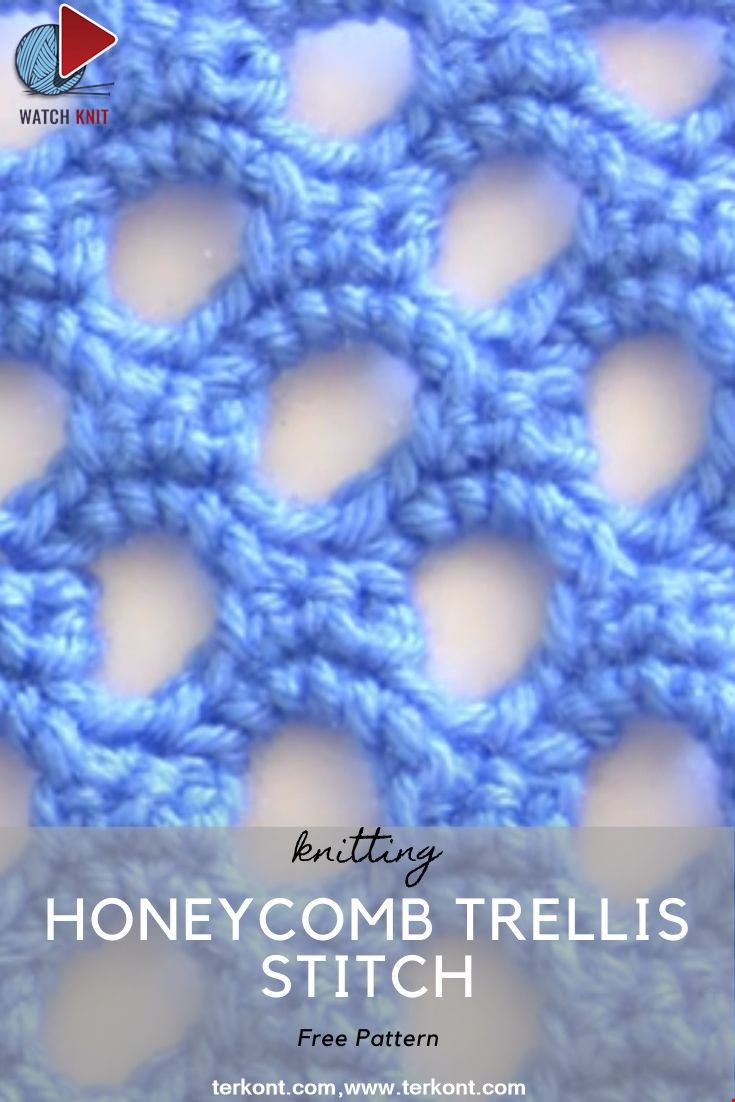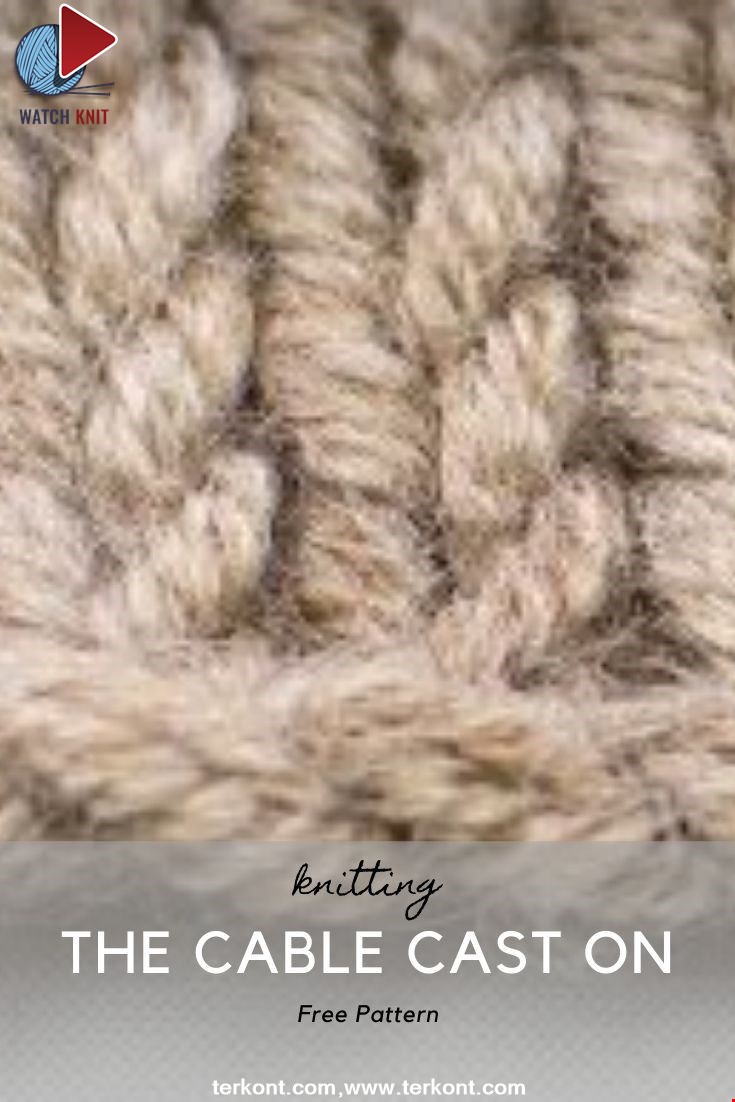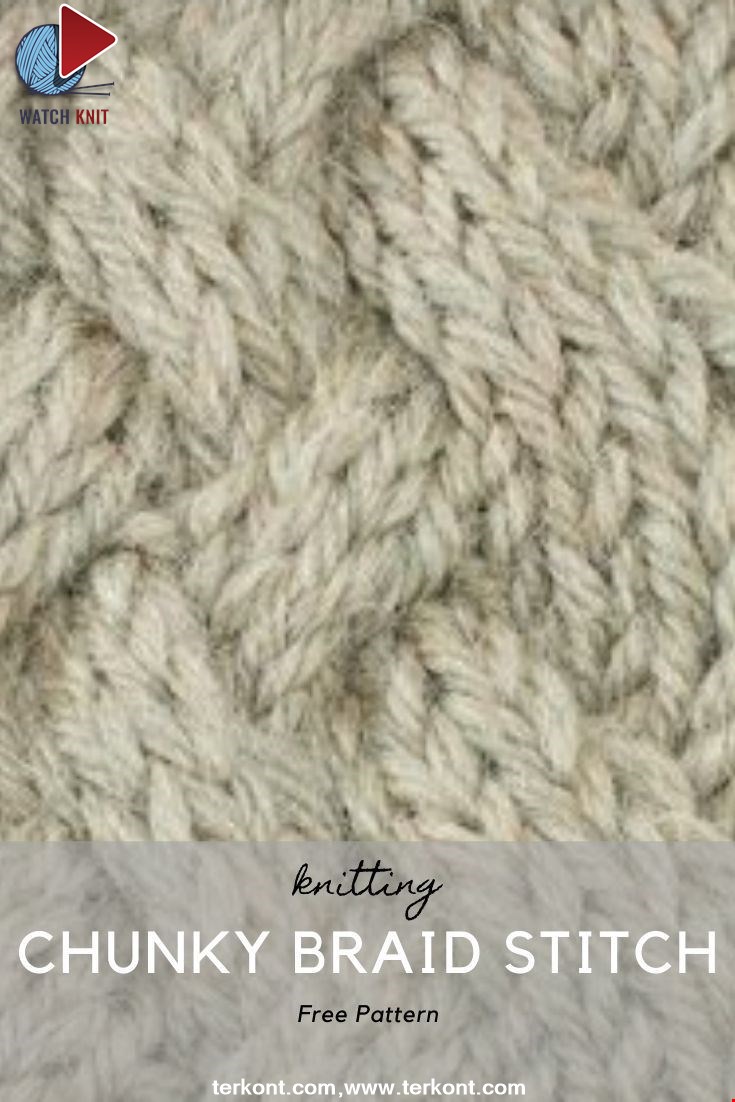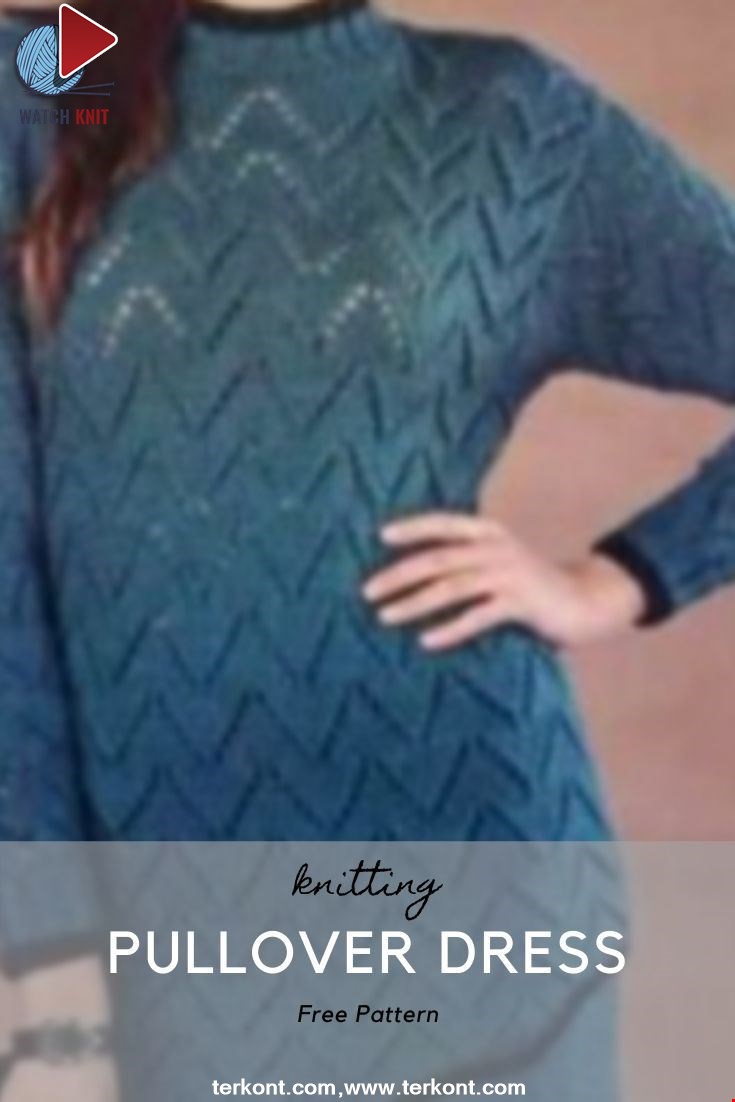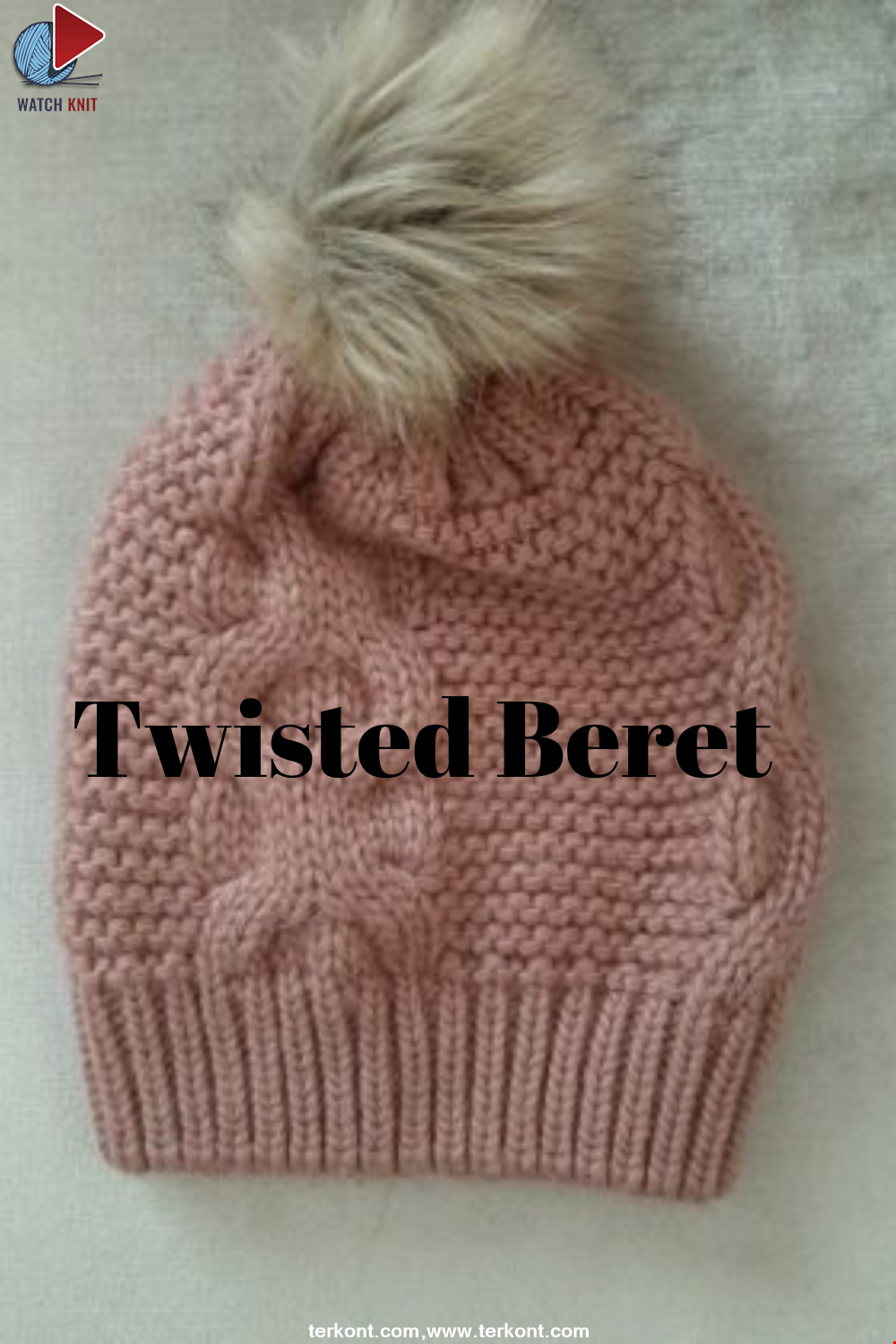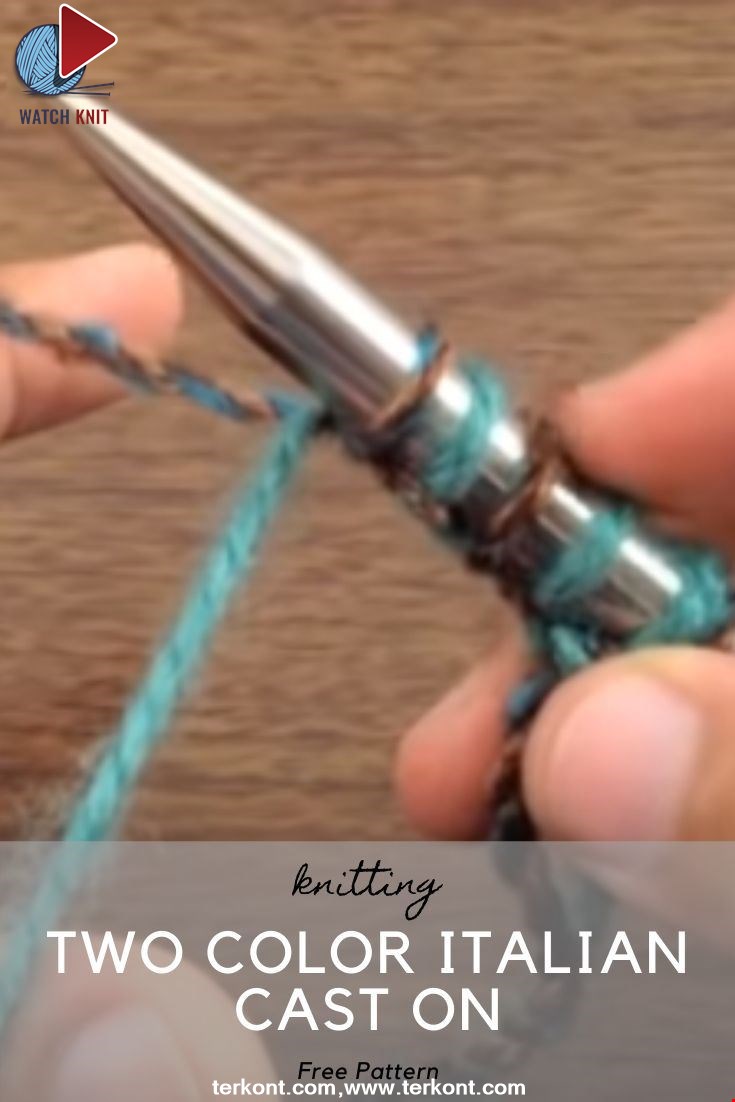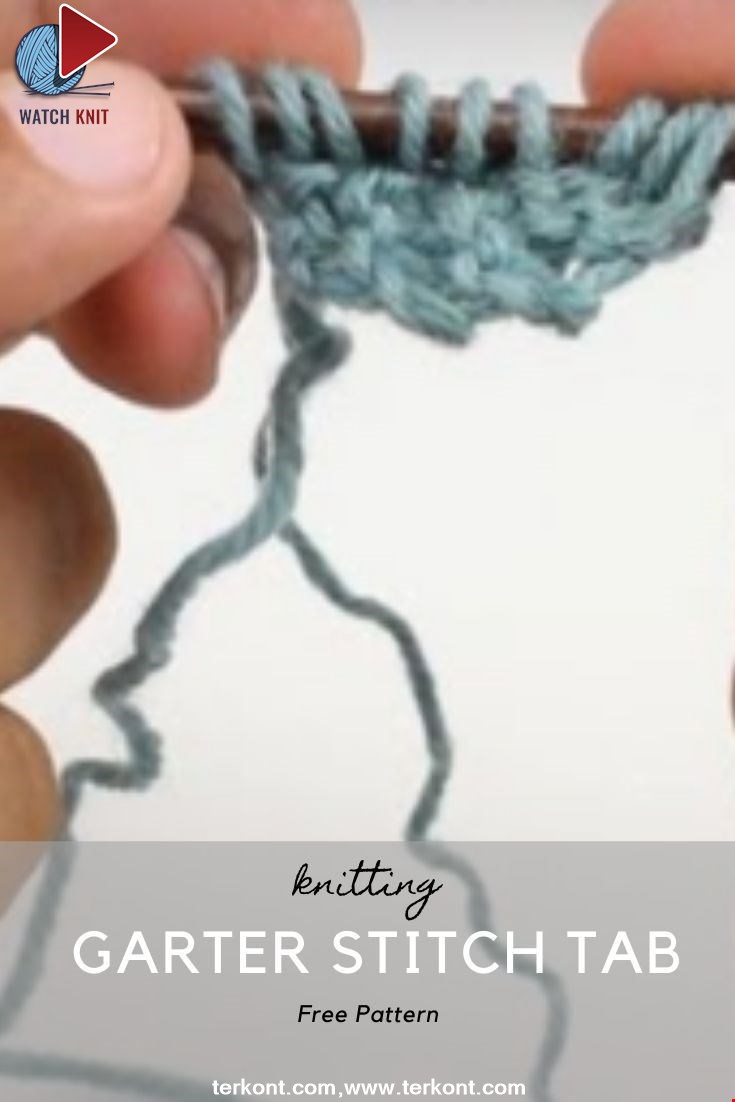Stylish pullover with bat sleeves
18 November 2020, 18:39 667

Sizes: 36/38 (40/42 - 44/46) 48/50.
You will need: yarn (84% alpaca, 8% wool, 8% nylon; 110 m / 50 g) - 650 (700 - 750) 800 g beige; knitting needles number 6; set of stocking needles No. 6, 40 cm long.
Fake patent pattern in rows in forward and backward directions: 1st p. - purl row: 1 chrome, 1 front, * 1 purl, 3 front, from * constantly repeat, finish 1 purl, 1 front, 1 chrome. 2nd p. - front row: 1 chrome., * 3 front, 1 purl, from * constantly repeat, finish with 3 front, 1 chrome. In height, constantly repeat the 1st and 2nd p.
Fake patent pattern in circular rows: 1st circular row: * purl 1, knit 3, from * repeat constantly. 2nd circular row: * 2 purl, 1 front, 1 purl, from * repeat constantly. In height, constantly repeat the 1st and 2nd circle.
Underlined decreases: on the right edge - 1 chrome, 1 front, 2 stitches together with the front one with a tilt to the left (= 1 st. Remove, as in front knitting, 1 front, then pull the removed loop through it). Along the left edge - 2 sts. Knit together the front, 1 front, 1 chrome.
Knitting density: (needles number 6) fake patent pattern - 20 p. X 28 p. = 10 x 10 cm.
Important: the pattern of the pullover is designed as oversized, that is, "dimensionless", the back is longer than the front. Measurements were taken from parts lying on a flat surface. A fake patent pattern is very stretchable, so we advise you to carefully compare the measurements of the given knitting pattern with yours.
Back: cast on knitting needles 37 (45 - 53) 61 loops, start knitting with purl = 2nd p. fake patent pattern. For rounding along the bottom edge, add 4 x 8p on both sides. and 12x4p. = 40 p. For each side = 117 (125 - 133) 141 p. After 12 p. after the last increase, perform 1 underlined decrease for the side bevels on both sides, then in each 12 (10-10) 8th p. perform 7 more underlined decreases = 101 (109-117) 125 p.After 41 (39.5 - 38) 36.5 cm = 114 (110 - 106) 102 p. from the initial row close on both sides for armholes 1 x 0 (4 - 4) 4 p. After 20 (21.5 - 23) 24.5 cm - 56 (60 - 64) 68 p. from the beginning of the armholes close for the shoulder bevels on both sides in each 2nd p. 3 x 8 (8 - 9) 9 p. And 1 x 11 (11 - 12) 12 p. Simultaneously through 58 (62 - 66) 68 p. temporarily leave the middle 29 (31 - 31) 39 p. for the neckline. and finish the right side first. For the neck, run along the inner edge in every 2nd p. 1 (2 - 2) 2 underlined decreases. Finish the other side symmetrically.
Before: cast on needles 117 (125- 133) 141 loops, start with purl = 2nd p. fake patent pattern. After 12 p. perform underlined decreases for the side bevels, as on the back = 101 (109 - 117) 125 p. Run the armholes on both sides through 35 (33.5 - 32) 30.5 cm = 98 (94 - 90) 86 p. from the initial row. After 42 (46 - 50) 52 p. = 15 (16.5 - 18) 19.5 cm from the beginning of the armholes temporarily leave the neckline 15 (15 - 15) 23 p. First finish the right side. Along the inner edge of the neck, perform in every 4th p. 3 (1 - 1) 1 underlined decrease, then in every 2nd p. 5 (9 - 9) 9 underlined decreases. At the same time, perform the shoulder bevels, as on the back. Finish the other side symmetrically.
Sleeves: cast on the needles for each sleeve 49 (53 - 57) 61 loops, start with purl 1 = 2nd p. fake patent pattern. After 10 cm = 28 p. add on both sides for bevels 1 x 1 p., then in each 10th p. add another 11 x 1 p. = 73 (77 - 81) 85 p. Through 53 cm - 148 p. from the initial row close for an okat on both sides in each 2nd p. 6 x 4 p. - 25 (29 - 33) 37 p. In the next 2nd p. close the remaining loops.
Assembly: perform shoulder seams, while ensuring that the ribs of the patent pattern are aligned. Transfer the left 29 (31 - 31) 39 points of the back neckline to the stocking needles, dial 18 (17-18) 17 points along the inner left edge of the neckline, reshoot the remaining 15 (15 - 15) 23 points of the front, along the inner right edge dial 18 (17 - 18) 17 sts. - 80 (80 - 82) 96 sts. Knit in circular rows with a fake patent pattern, while distributing the loops so that the fake patent pattern continues the pattern of the front and back loops. Through 16 cm = 45 circle r. loosely close all loops. Sew on sleeves. Sew the side seams and seams of the sleeves, while the seam on the lower edge of the sleeve is made on the last 10 cm in front of the strap on the front side, turn 9 cm of the lower edge of the sleeve to the front side, like a strap.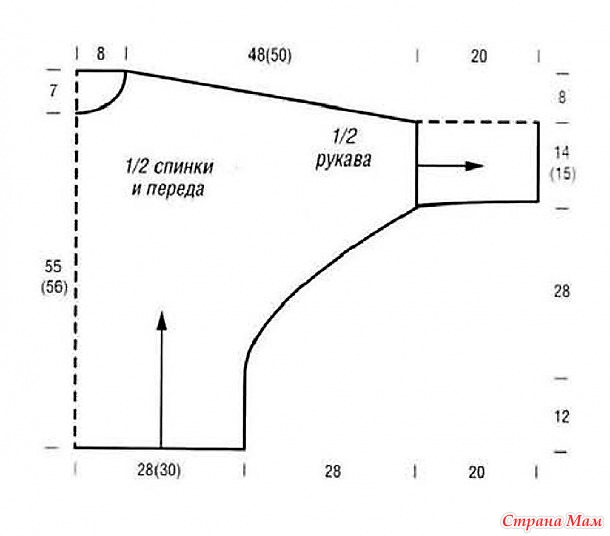
Category Popular Posts
How to Make Easy Crochet Fingerless Gloves
31 January 2022, 23:09 11259
You can make easy and fast knitting patterns with crochet braids. You can use this fingerless glove knitting model for yourself or your loved ones.
Read MoreKorean Girl in Traditional Dress (Hanbok)
22 September 2020, 11:11 4356
This is the process how I made the amigurumi of Korean Bride in traditional dress Hanbok. Lately I've been watching a lot of Korean dramas and got inspired to make one. I hope you can enjoy the video, and get inspired too!
Read MoreOpen Shoulder Pullover
14 October 2020, 12:51 937
Amigurumi Rabbit Family Making and Recipe
16 January 2022, 18:14 2863
With this knitting pattern that even beginners can do, you can make knitting toys very easily.
Read MoreHoneycomb Trellis Stitch
24 October 2020, 09:27 982
The Cable Cast On :: Knitting Cast On :: Right Handed
12 September 2020, 09:00 2087
The Cable Cast On is a technique used to draw your cast on edge in closer. It is a similar method to the Basic Knitted Cast On and creates the same type of effect. It is not used for cable knitting, but is great for keeping rib patterns from flaring at the edge.
Read MoreHow to Knit the Chunky Braid Stitch
12 September 2020, 11:24 1976
Pullover Dress
14 October 2020, 11:47 889
Twisted Beret Making
18 January 2022, 20:13 1706
Hello! Today we will tell you how to make a different-looking, twisted beret. So let's start!
Read MoreHow to Knit the Two Color Italian Cast On
14 September 2020, 08:28 1958
This video knitting tutorial will help you learn how to knit the two color italian cast on. This method of beginning your project is ideal for ribbing. By casting on in two colors you can knit ribbed patterns that alternate colors between rows. This is most often used in two color brioche knitting. This cast on is also invisible.
Read MoreHow to Knit the Garter Stitch Tab Cast On for Triangular Shawls
14 September 2020, 08:43 1781
